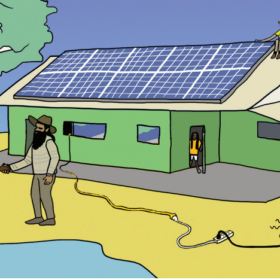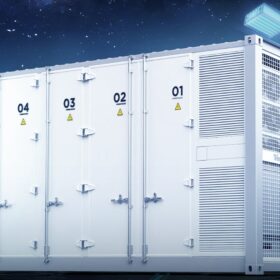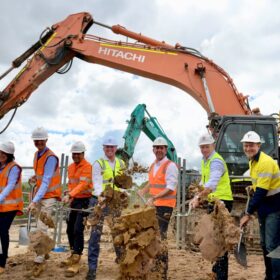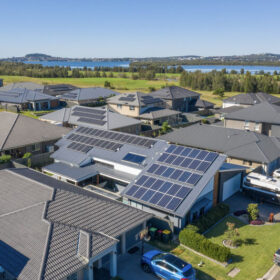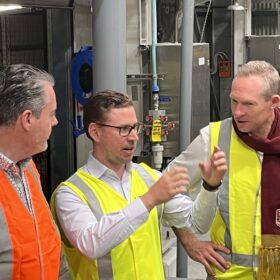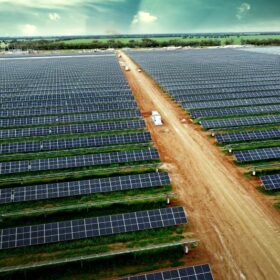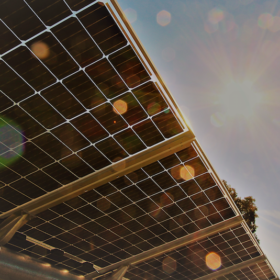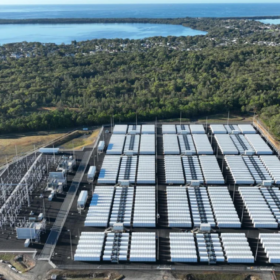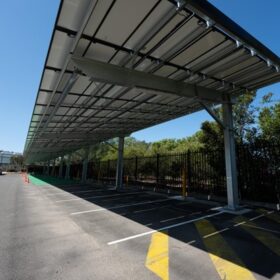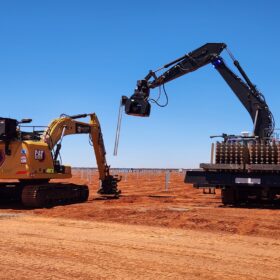South Australian VPP project shortlisted for Premier’s Excellence Awards
South Australian premier Peter Malinauskas has announced the finalists for the 2023 Premier’s Excellence Awards. Amongst the finalists, the Department for Energy Mining South Australia has garnered recognition for its collaborative venture with Housing South Australia on the pioneering South Australia’s Virtual Power Plant initiative.
Renewable energy industry guide for engagement with First Nations communities released
A collaboration between the Clean Energy Council, KPMG and the First Nations Clean Energy Network has produced Australia’s first national guide on meaningful engagement and benefit sharing with the country’s oldest custodians on renewable energy.
Trina Storage releases 4.07 MWh energy storage system
Trina Storage has developed a 4.07 MWh energy storage system featuring its in-house 306 Ah lithium iron phosphate battery cells, configured with 10 racks of four battery packs.
Rystad Energy: big batteries to create tailwind for large scale solar
The accelerating deployment of large-scale energy storage is one factor behind the tailwinds forming for large scale solar. Rystad Energy senior analyst David Dixon said that with gigawatts of big batteries under construction, the flexible load will create demand for solar during peak PV production periods.
Rooftop solar capacity to outpace all other renewables combined
A new Green Energy Markets (GEM) report to AEMO confirms the future domination of Australian roof-top solar panel and battery system installations are projected to have a cumulative solar capacity potential of between 66 GW and 98.5 GW by 2054.
A cell maker’s survival guide
With solar production capacity expansion plans paused, bigger cell makers will weather the storm through a revised approach to new panel technologies. InfoLink’s Alan Tu says that low profits could also drive innovation and cost savings, pushing the industry to new heights.
Tidal wave of investment gives Queensland’s energy transition momentum
Independent Australian think tank Climate Energy Finance (CEF) finds public and private capital is rapidly transitioning Queensland from its dependence on coal and methane gas for electricity generation. The findings were published today in a new report.
Raising consumer confidence critical to energy transition, finds EY report
Energy providers, government and the broader energy ecosystem must raise up the access, appeal and affordability of clean energy in the United States, to help accelerate the uptake of clean energy.
BloombergNEF forecasts global solar installations to hit 574 GW in 2024
In updated figures, BloombergNEF finds that 444 GW of new PV capacity was installed globally in 2023. It says new installations could reach up to 574 GW this year, in its most optimistic forecast, 627 GW in 2025, and 880 GW in 2030.
UNSW research finds high temperatures increase module degradation
A UNSW study has shown that hotter temperatures, as result of climate change, means solar panels are at greater risk of degradation. Prolonged exposure to harsher outdoor conditions increase the cost of solar energy in hotter Australian regions.

